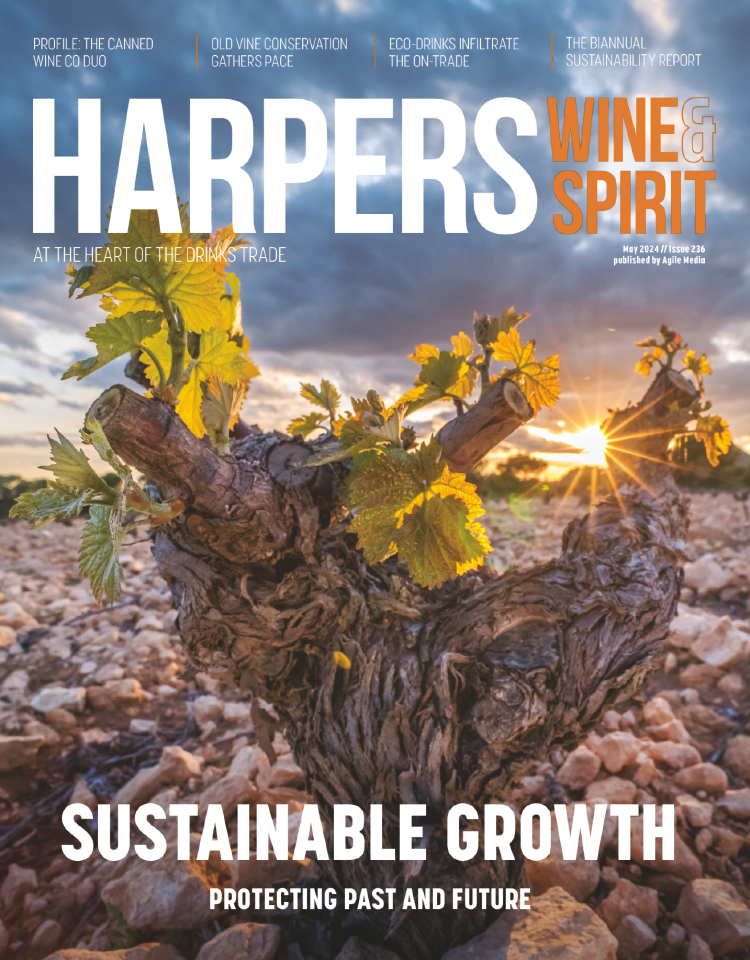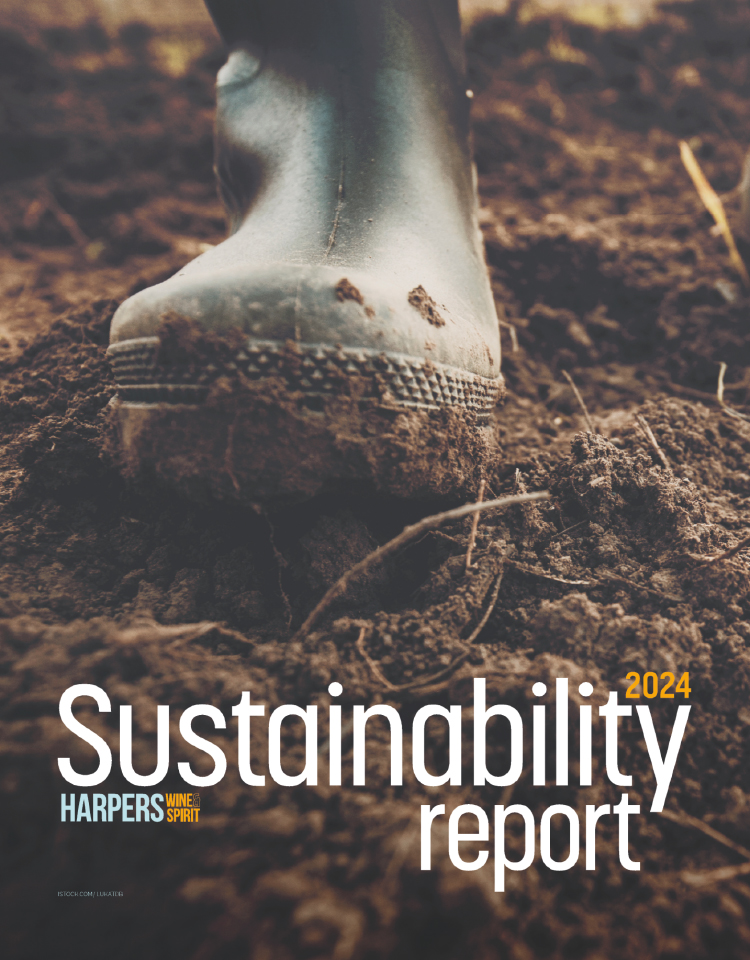
Australia's 170 year history of wine unravelled in new academic study
Anyone interested in the Australian wine industry can now access insights in to its 170-year history in a new free academic study that looks at how the country's wine production has developed and what lessons it teaches the wineries and producers today.
 Australia can look back over its 170 year history to plot its future says Professor Anderson
Australia can look back over its 170 year history to plot its future says Professor Anderson
Anyone interested in the Australian wine industry can now access insights in to its 170-year history in a new free academic study that looks at how the country's wine production has developed and what lessons it teaches the wineries and producers today.
The book, Growth and Cycles in Australia's Wine Industry, has been jointly funded by the Australian Grape and Wine Authority (AGWA) and the University of Adelaide's Wine Futures project and has been written by the university's Professor Kym Anderson.
It looks at the annual data of wine production throughout Australia's wine history to pin point the trends, highlights and challenges between 1843 and 2013. It also looks at the history of each of the country's major wine regions and how different varieties have developed and evolved around the country.
Professor Anderson concludes there has been five distinct cycles in the wine sector's history which the industry can now use to determine its profitability and strategy in the future.
He said: "The sector's development has been characterised by long boom/contraction cycles, around an upward growth trend, with the latest being the longest boom.
"The most recent boom began in 1986 with a steady increase in exports to take advantage of the historically low value of the Australian dollar. But then the perfect storm of the mid-2000s, consisting of an appreciated Australian dollar, severe drought, high water costs and the global financial crisis, sparked the recent downturn."

|
He stressed the need for the industry to get away from relying on the vagaries of the Australian dollar for growth.
He added: "Other countries such as Argentina, Chile and Spain are now producing respectable low-priced wine, and due to their lower production costs, the majority of Australian producers can no longer compete in that segment of the market."
"Individual firms are better differentiating their product - reaching out to fine-wine markets, shifting their production to cooler regions, changing their varieties - and that plus the recent decrease in the value of the Australian dollar is attracting domestic and international buyer interest in investing in our wine assets.
"Historically, the sector's more-resilient firms have been able to ride out downturns and recover financially. But a return to long-run growth for the sector as a whole would be greatly helped by a boost to investments in innovation and in generic marketing that highlights our finer wine offerings."
Andreas Clark, chief executive officer of AGWA, said the new study provides valuable historical insights into the Australian wine sector. "By having a clear economic picture of the Australian wine sector since 1843, we can better focus our market development and our research, development and extension efforts to capture future opportunities," he said..
The ebook can be downloaded for free at www.adelaide.edu.au/press/titles/austwine and print versions can also be ordered from that website.
Keywords:
- News
- Producers
- Australia
- Sectors
- Asia Pacific Wine News
- Wine Australia
- Richard Siddle
- HWS - Richard Siddle






